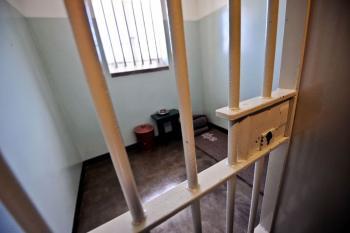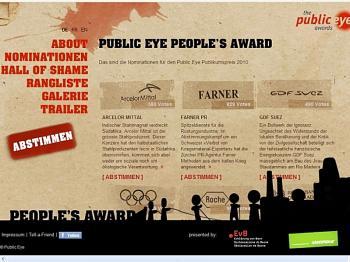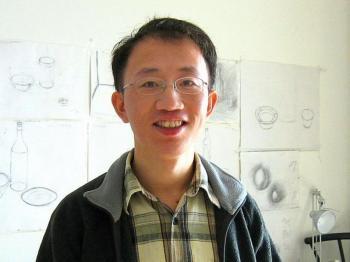Disappearing in the East German Stasi [Secret Police] Slammer
Recalling the Berlin-Hohenschoenhausen prison, in the former East German Republic, brings back traumatic memories.
The hallway outside the prison cells in the Berlin-Hohenscoenhausen's prison was called 'submarine,' because the cells had no windows. Courtesy of the Hohenschoenhausen memorial place
|Updated:



